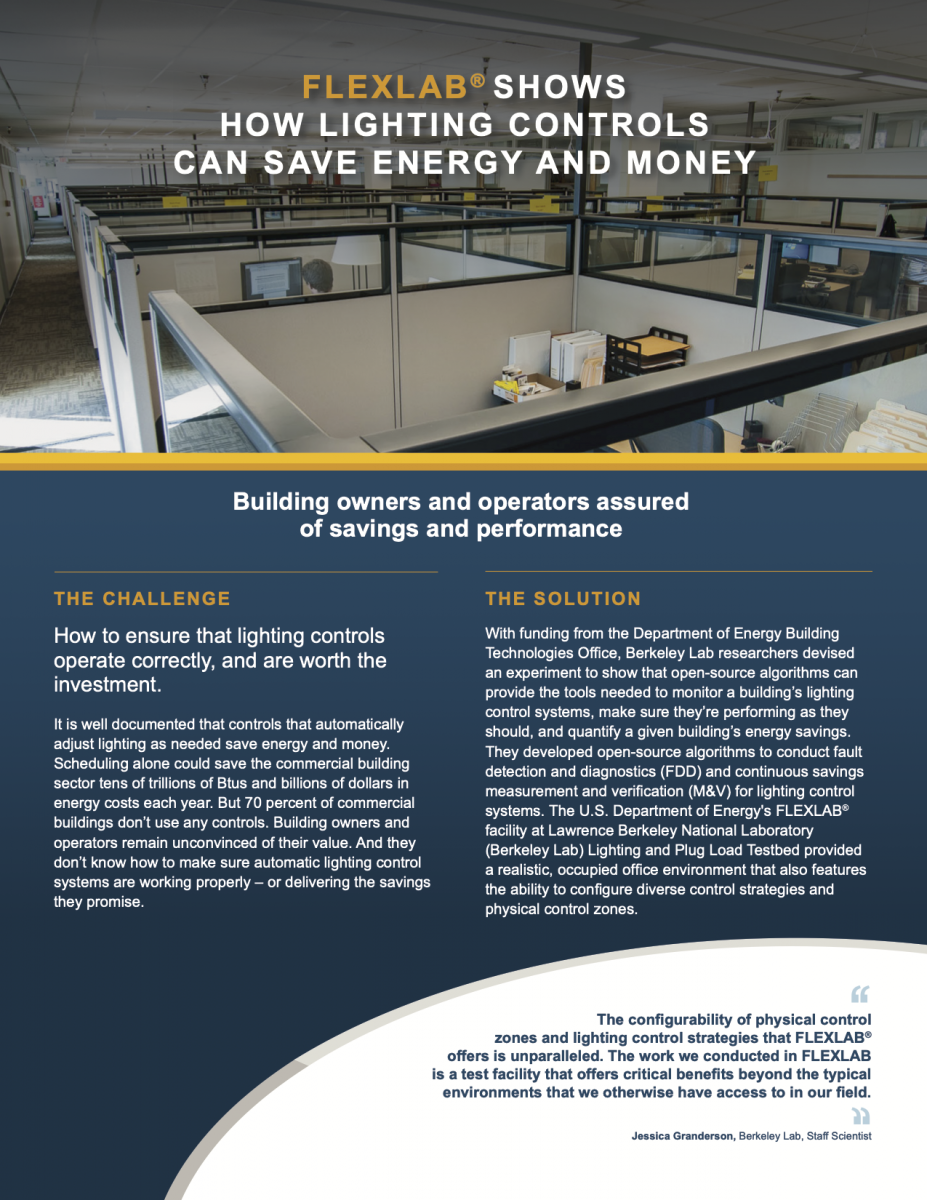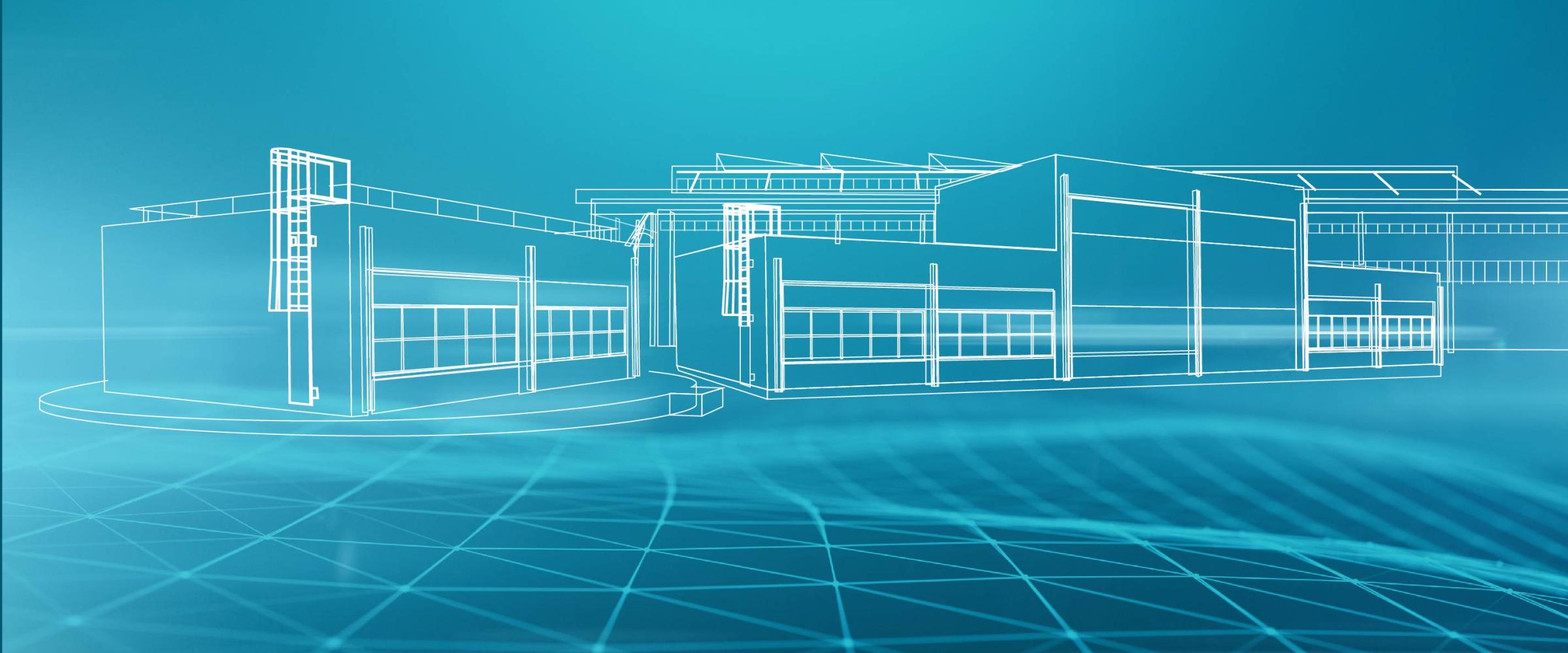Highlights
Highlights from Our Case Studies
At FLEXLAB®, we are proud of our partnerships with industry, utility providers, building engineers, scientists, designers and policy makers. Together, we have evaluated the performance of dozens of new building technologies, design innovations and software programs, enabling users to test their products under real-world conditions before adoption in the market. Our projects have included evaluating technologies for a smarter grid that can respond to fluctuating power demand, validating simulation tools, and analyzing integrated lighting, shading, and HVAC packages.
Since 2014, we have developed over a dozen case studies that showcase the wide-range of research conducted at FLEXLAB. These case studies provide an overview of the goals and results of projects conducted with our partners. Three of these case studies are highlighted below.
Learn about our success and discover how you can partner with us to develop the buildings of tomorrow.
 Getting Beyond Widgets
Getting Beyond Widgets
Current utility incentive programs for energy efficiency aim largely at components such as light bulbs and air conditioner units, but these programs miss large potential savings that can come from systems-level upgrades, such as integrated lighting, HVAC and façade solutions. Berkeley Lab researchers collaborated with utilities to develop and validate options for system-level incentive programs for energy efficiency.
"Thanks to the capabilities of FLEXLAB, we were able to quickly and accurately assess the benefits associated with an integrated systems approach. Bringing together multiple technologies under the same controlled environment is a truly unique and valuable tool for us as a utility seeking to provide unbiased and well-proven solutions to customers. FLEXLAB is a key strategic asset for the U.S. in adopting more of these integrated approaches." - Andrew Quirk, Xcel Energy, Team Lead - Customer Solutions
Download the full case study here: Beyond Widgets
 How Lighting Controls Can Save Energy and Money
How Lighting Controls Can Save Energy and Money
Using controls to automatically adjust lighting could save the commercial building sector tens of trillions of Btus and billions of dollars in energy costs each year. But 70 percent of commercial buildings don't use any controls. Using FLEXLAB's Lighting and Plug Load Testbed, Berkeley Lab researchers showed that open-source algorithms can provide the tools needed to monitor a building's lighting control systems, make sure they are performing as they should, and quantify a given building's energy savings.
"The configurability of physical control zones and lighting control strategies that FLEXLAB offers is unparalleled." - Jessica Granderson, Berkeley Lab, Staff Scientist
Download the full case study here: Automated Fault Detection for Lighting Systems
 Evaluating Building Integrated Photovoltaic Window Performance in a Real World Setting
Evaluating Building Integrated Photovoltaic Window Performance in a Real World Setting
Building integrated photovoltaics are a promising technology, likely to play a growing role in new construction. Solaria Corporation invented semitransparent PV modules for windows. They needed to verify that their new technology could reduce solar heat gain and glare, while achieving the best possible energy conversion efficiency.
FLEXLAB offered Solaria the unique ability to compare the two technologies at the same time and location, under the same conditions – as well as to change building orientation while keeping the windows and the monitoring equipment in place, to observe differences in the sun’s angle on performance. FLEXLAB also enabled Solaria to evaluate shading options.
Download the full case study here: Solaria
To view all of our case studies, visit flexlab.lbl.gov/sample-projects.
